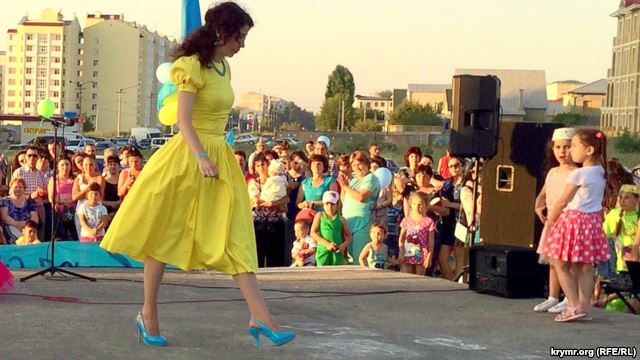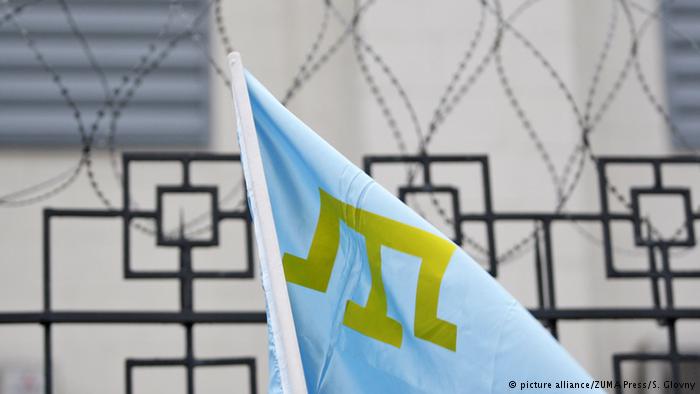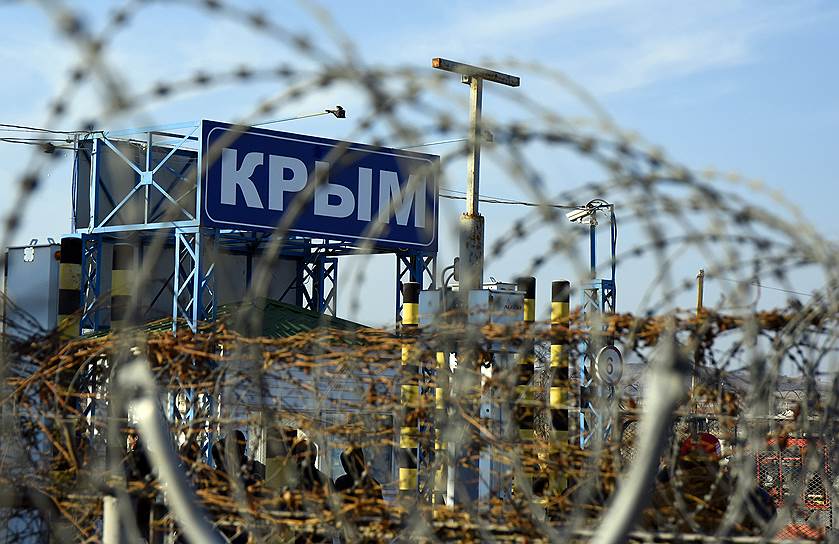The Crimean Tatar Resource Center has released a new documentary dedicated to the history of the indigenous population of the Crimean peninsula, the Crimean Tatars. Titled "A struggle for survival of the indigenous people of Crimea," it tells about the key historical events in the life of the Crimean Tatars, who from the time of Russia's first annexation of the peninsula in 1783 have experienced a creeping extermination of their people.
The documentary places particular emphasis on repressions and violation of human rights in conditions under Russia's current occupation of Crimea, which took place in the aftermath of the Euromaidan revolution in 2014.
For a brief history of the Crimean Tatars, check out this article: Deportation, genocide, and Russia’s war against Crimean Tatars, which explains why this indigenous people are a minority in their native Crimea. Some key moments:
- Crimean Tatars appeared in the Crimean Peninsula around 1241, when Batu Khan, a grandson of Genghis Khan, conquered the region;
- In the 15th century, the region appeared as the Crimean Khanate that fell under the loose protection of the Ottoman Empire;
- The Khanate ruled until 1783 when, after a war against the Ottoman Empire, Empress Catherine II annexed the peninsula as part of her vast expansion of the Russian Empire;
- Terror of the Russian military forces and anti-Tatar politics of the Russian Empire forced Crimean Tatars to emigrate to the Ottoman Empire. Another migration followed the Crimean War, which ended in 1856;
- The Crimean Tatar population, which was estimated to be over five million during the Crimean Khanate rule, decreased to less than 300,000 and became a minority in their ancestral homeland;
- On 18 May 1944, Crimean Tatars were deported from Crimea to Central Asia. The forced eviction was ordered by Joseph Stalin, who called it punishment for collaboration with the Nazi occupation regime during 1942–1943. This reason for the collective reprisal was purely nominal, because collaborators were found in all occupied USSR territories regardless of their nationality, but the majority fought against the Nazi invasion;
- As a result of a strong national movement, Crimean Tatars started to return to Crimea from Central Asia in the late 1980s;
- After the Russian occupation, Crimean Tatars are being routinely targeted in repressions, as they had offered the most active resistance to the Russian takeover;
- Today in Russia, with the cult of Stalin making a comeback, stories of deportation and repressions in the USSR are being hidden under the carpet.
Read also:
- Deportation, genocide, and Russia’s war against Crimean Tatars
- Haytarma: the film about Stalin’s deportation of the Crimean Tatars Russia doesn’t want you to see | Watch online





